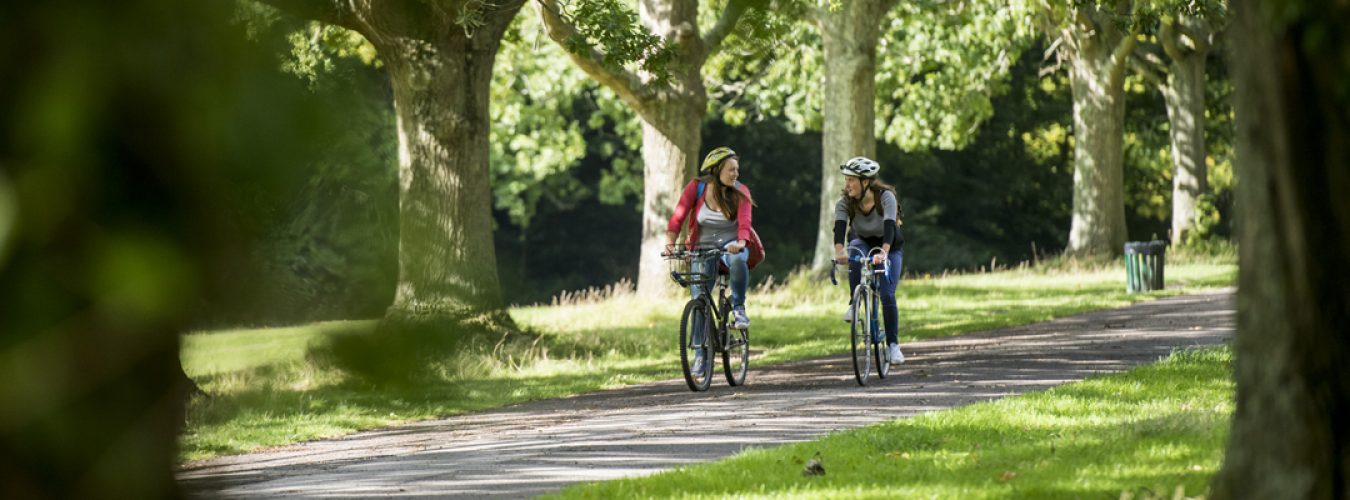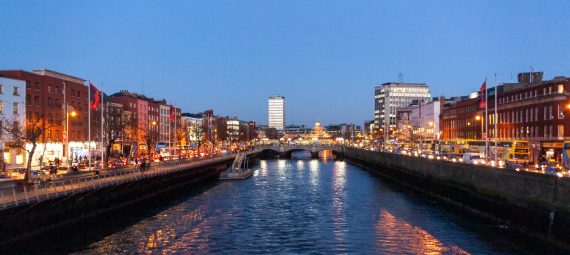Postgraduate Researcher: Matt Hatfield
Supervisors: Dr Andrew Vowles, Prof Paul Kemp
Research Group: International Centre for Ecohydraulics Research (ICER)
Project Description
The world has undergone wide-scale urbanisation in recent decades. From 1950-2018 the number of people living in cities grew from 30% to 55%, and this value is projected to increase to 68% by 2050. Associated with urbanisation is an increase in levels of Artificial Light at Night (ALAN), which is considered one of the most pervasive forms of environmental disturbance. Although artificial light is convenient for modern society, allowing humans to stay safely active at night, recent research has documented wide-scale unintended ecological impacts across a range of taxa.

However, there remains a general bias towards terrestrial organisms, with comparatively little consideration of impacts on aquatic environments. This is despite the fact that many cities develop around rivers and coastal areas (e.g. approximately 80% of the world’s mega-cities and 40% of major cities are located near the coast). The high frequency with which cities are co-located with aquatic environments means fish are likely to encounter artificially lit areas. For species that migrate between fresh and marine waters, exposure to ALAN will be unavoidable. This project will utilise hydraulic laboratories at the University of Southampton to assess the impact of ALAN on the fine-scale behaviour of fish species of interest. Based on this, methods to mitigate observed impacts, e.g. through altering the intensity and/ or spectral composition of lighting, will be investigated.
This project will have important implications for the design and management of lighting around rivers in urban areas and will help society progress towards smarter and more sustainable cities.

